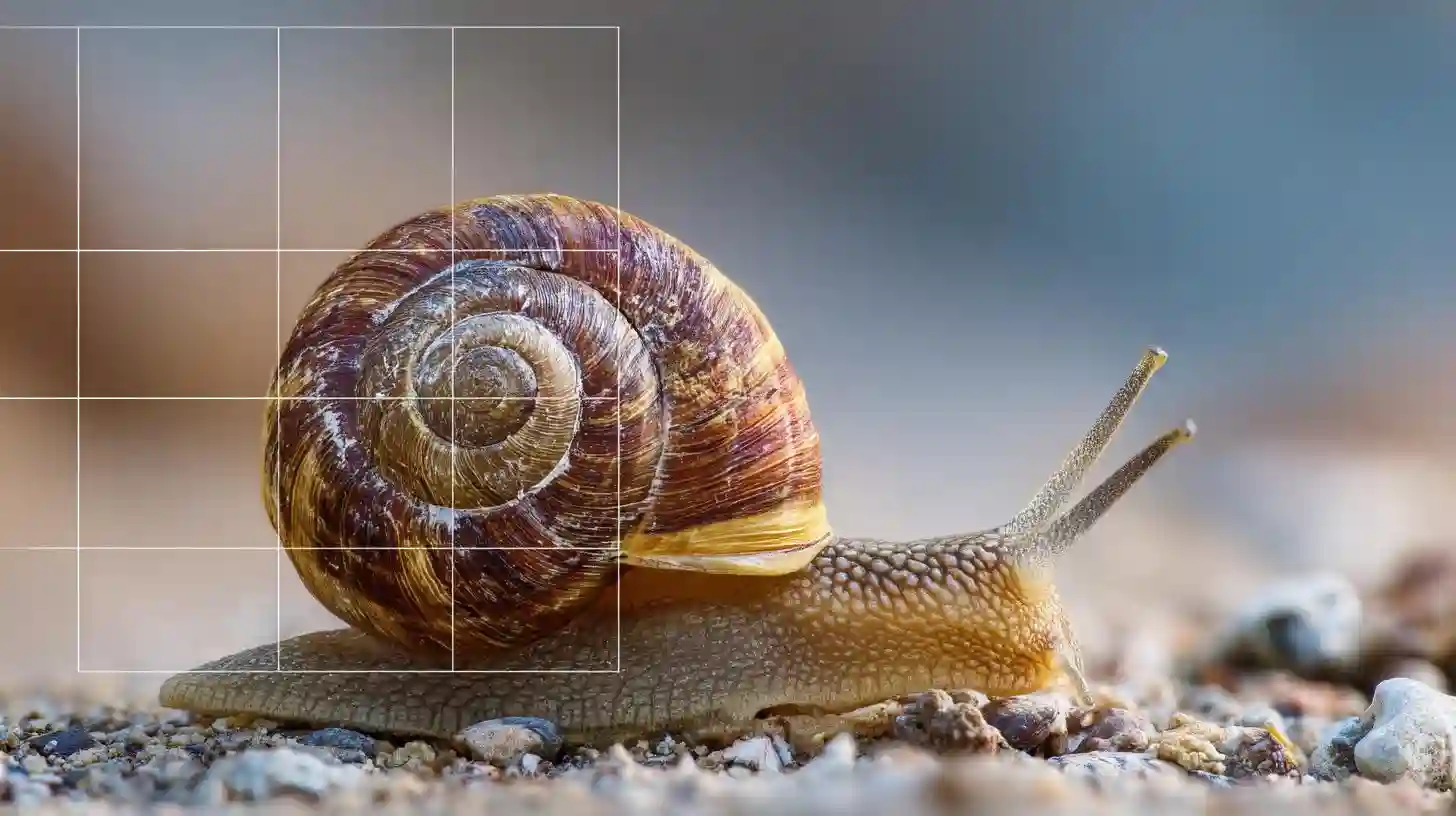
Snails are fascinating creatures that inhabit a wide variety of environments, from lush forests and gardens to the vast depths of oceans. These soft-bodied mollusks belong to the class Gastropoda, which also includes slugs, and are known for their distinctive coiled shells. The diversity within the snail family is immense, with thousands of species that vary in size, color, diet, and behavior.
One of the most recognizable features of snails is their spiral-shaped shells, which serve as a protective barrier from predators and harsh environmental conditions. These shells are composed primarily of calcium carbonate and grow as the snail matures. The process of shell formation is intricate, with the snail secreting layers of material to create and expand this essential structure over time. Some species of snails can grow shells that reach impressive sizes, while others maintain modest dimensions. The shapes and colors of snail shells can differ significantly between species, ranging from the common brown garden snail to the strikingly colorful tropical varieties.
Snails are primarily herbivorous creatures, primarily feeding on a range of plant material, including leaves, fruits, and flowers. Their feeding habits play a crucial role in the ecosystems they inhabit, as they help in the decomposition of organic matter and contribute to soil health. In addition, certain marine and freshwater species may consume algae and decaying matter, further aiding in nutrient cycling within their respective habitats. Snails have a specialized tongue-like organ known as a radula, which is covered in tiny, tooth-like structures that help them scrape food from surfaces.
Reproduction in snails is a unique and often complex process. Many species are hermaphroditic, meaning that each individual has both male and female reproductive organs. This adaptation allows for greater reproductive flexibility, as any two snails can potentially mate with one another. During courtship, snails engage in intriguing behaviors, such as the exchange of love darts, which are calcareous or chitinous structures that may increase the chances of successful fertilization. After mating, a female snail lays clusters of eggs in moist soil or other hidden locations, providing a safe environment for the developing embryos.
While snails may seem slow and unassuming, they have evolved several remarkable adaptations that assist their survival. One significant adaptation is their ability to produce mucus, which aids in locomotion by reducing friction as they move across various surfaces. This slimy trail also serves to protect the snail’s delicate body from harsh environmental conditions, such as extreme temperatures or dryness. In periods of drought, certain land snail species can enter a state of dormancy called aestivation, where they seal themselves within their shells using a mucous barrier, effectively conserving moisture until favorable conditions return.
Despite their apparent simplicity, snails face numerous threats from environmental changes and human activities. Habitat destruction, pollution, and climate change all pose significant risks to snail populations around the world. Invasive species also present a challenge, as they can disrupt local ecosystems and outcompete native snail species for resources. Conservation efforts are essential to protect these important creatures and their habitats, ensuring that future generations can appreciate their unique roles in the environment.
Culturally, snails have captured human fascination for centuries. They figure prominently in various mythologies and folklore, often symbolizing patience, perseverance, and transformation due to their slow, deliberate movement. In culinary traditions, certain snail species, notably the escargot, have become a delicacy in many parts of the world, celebrated for their unique flavors and textures. This gastronomic culture has elevated snails from simple garden pests to sought-after culinary experiences, illustrating the broad spectrum of human interest in these mollusks.
In scientific research, snails are invaluable. Their simple nervous systems make them ideal subjects for various studies, particularly in understanding fundamental biological principles. Research on snails has contributed to advances in physics, neuroscience, and even medicine, highlighting the importance of these small creatures in the broader scientific community.
In the natural world, snails serve not only as vital players in their ecosystems but also as compelling subjects of study and admiration. Their diverse adaptations, behaviors, and ecological roles remind us of the intricate interplay between life forms on our planet. Whether observed gliding across garden leaves or swirling in the depths of the ocean, snails embody nature's resilience in the face of change, offering endless opportunities for exploration and understanding. Through appreciating and protecting these remarkable creatures, we can ensure that their quiet presence continues to enrich the tapestry of life on Earth.